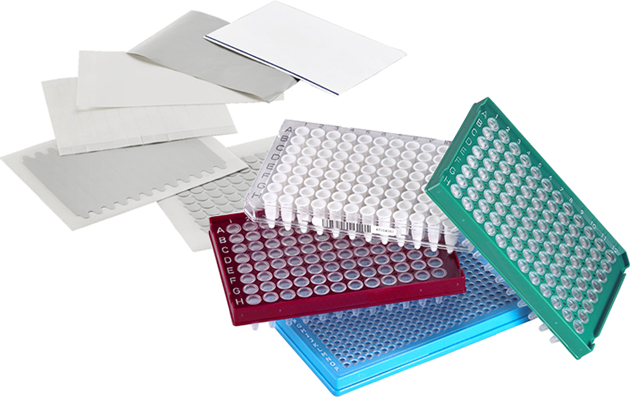
4titude® White Well qPCR Plates & Tube Strips
qPCR Plates & Tube Strips: White Wells for Higher Sensitivity
qPCR is an excellent technique to quantify your DNA, but what if there was a way to make your reactions even more sensitive? White PCR consumables can offer a helping hand in those difficult situations where you’re just not getting the sensitivity you need from your experiments.
There are many aspects to your qPCR consumables that can affect the quality of your results, and the color of your wells is a big one! Most qPCR instruments detect fluorescence through the top of the well and when using clear tubes, loss of signal through the tube wall reduces the amount of signal returning to the detector. 4titude White Well qPCR Plates are opaque, significantly reducing signal loss through tube walls and maximizing reflection. This is particularly important for detecting targets with low expression levels as signals are likely to be low.
Comparison of identical reactions between plates with either clear, frosted, or white wells highlights that white wells outperform clear and frosted wells with both earlier Ct values and higher overall end fluorescence values. Earlier Ct values are particularly beneficial for reducing false positives, especially where the Ct value of the gene of interest is greater than 38. It is well understood that earlier Ct values are more reliable and accurate than later Ct values due to the potential presence of primer-dimers.
When using clear PCR tubes, contamination, and dirt on the well surface of thermal cycler heat blocks can have a major factor effect on fluorescent readings by altering the uniformity of reflection between wells. 4titude White Well qPCR Tube Strips are not affected by this issue due to their opaque properties resulting to far greater consistency between wells.







